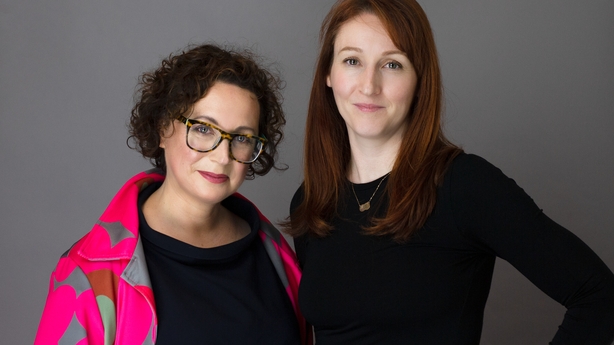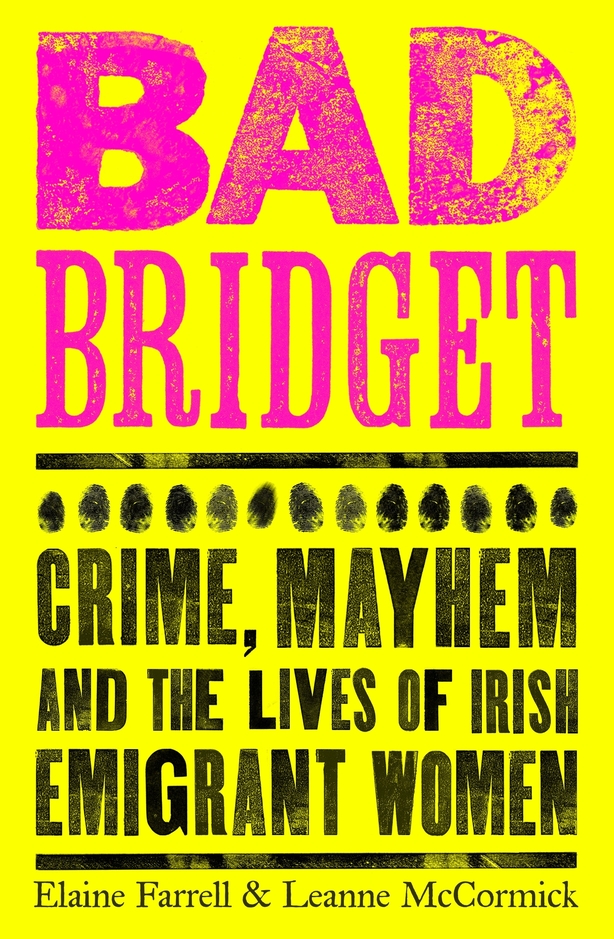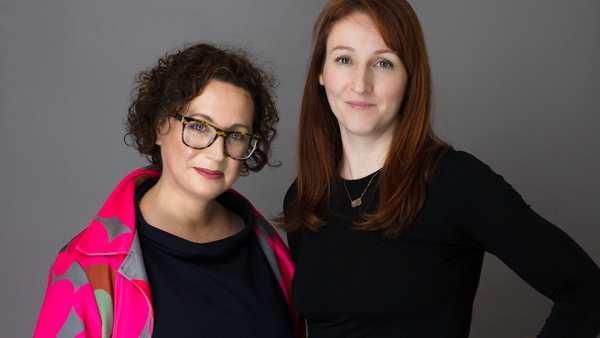Not every Irish migrant can design the White House, or have their descendents serve in it. Bad Bridget tells the lesser-known stories of the Irish women who failed to live their American Dream.
The story of Irish migration to America has often been told as one of success. The image of the Irish migrant from humble origins who achieves stateside greatness, all while maintaining their grá for home, looms large in our popular imagination.
This is only one side of the story.
Bad Bridget aims to recover the lives of deviant Irish women who travelled to America and Canada during the nineteenth and early twentieth century, with a focus on New York, Boston, and Toronto. This work is timely, complementing the recent appetite to hear the voices of Irish women previously silenced by institutions and a culture of shame. Elaine Farrell & Leanne McCormick's new book provides an extension to this area of history as, for a number of these women, foreign shores actually appeared as respite from the restrictions and judgements they suffered at home in Ireland.
We need your consent to load this rte-player contentWe use rte-player to manage extra content that can set cookies on your device and collect data about your activity. Please review their details and accept them to load the content.Manage Preferences
Listen: Bad Bridget - Elaine Farrell & Leanne McCormick talk to Ryan Tubridy
The Bad Bridget Project is not a newcomer to Irish diaspora history. The project, created by Ulster-based historians Farrell & McCormick, has already produced an exhibition and a podcast, making this publication the latest way to access their research. For fans of the podcast, some figures explored in the book might even be familiar, such as the gruesome story of Mary Farmer.
The book opens with the case of Delia Jones, a Mayo native from a large family, who travelled to America at around fifteen years old. Despite having moved through various employments, Delia would go on to appear in court at least fourteen times by the time she was thirty for offences such as prostitution and drunkenness. Delia's story is replicated throughout the book, as Irish women fell on the wrong side of the law for a wide variety of reasons.
This book not only shows Farrell and McCormick's dedication to original historical research, but also their respect for the women they studied as complex individuals who were often placed in difficult situations.
During the early 1860s in New York, the female prison population comprised of 86 per cent Irish women, showing that Delia was certainly not the only Bad Bridget. Each chapter is dedicated to exploring a different criminal offence or theme, and focuses on one primary case study. The chapters converge to produce a detailed account of the underbelly of Irish migration, assisted by the inclusion of mugshots, contemporary illustrations, and photographs.
The breadth of research evident in the book is commendable with each footnote corresponding to original source material or current historical works. Almost every woman mentioned is worthy of her own chapter or even her own novel (Alias Grace by Margaret Atwood was inspired by a Bad Bridget!) However, one small casualty of such voluminous material is that many stories are reduced to a limited number of lines within a wider chapter. A particularly important decision made is the privileging of the women's own voices. In drawing from the archives of various prisons, newspapers, and institutions, the Bad Bridgets are allowed to speak for themselves.

This book not only shows Farrell and McCormick's dedication to original historical research, but also their respect for the women they studied as complex individuals who were often placed in difficult situations. Bad Bridget engages with broader discussions on Irish migration and gender history through the book's case studies. Ideas of morality, sexuality, respectability, race, and mental health which were held by the contemporaries of the Bad Bridgets are introduced in an accessible way.
The researchers assist the reader in navigating these sensibilities which are often very foreign to our own. One chapter in particular where Farrell and McCormick excel in conveying this world of Bad Bridget is on unmarried motherhood. There is considered representation of the desolation of young women who viewed dangerous abortions, child abandonment, or infanticide as preferable to the shame and guilt of being an unmarried mother. This chapter also epitomises the integrity of the book as a work of sensitive depiction, rather than a sensationalist true crime piece.
Many of these women, save a number of exceptions, were left with limited options through their poverty and often resorted to criminal activities to get by, or to find relief from their situation in life. Bad Bridget contains numerous stories that are funny, intriguing, or borderline incredulous, but many also present a harrowing reality of societal failure and desperation. Bad Bridget serves as an accessible, fascinating, and emotional way to learn about the Irish women who left our shores in search of a better life… but never found one.

Bad Bridget: Crime, Mayhem and the Lives of Irish Emigrant Women is published by Sandycove - read an extract here.


